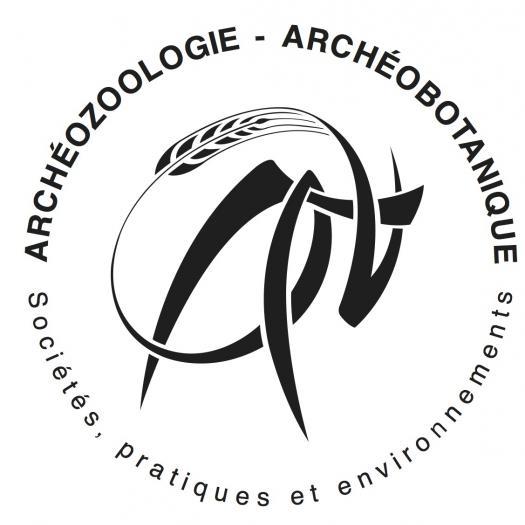La pêche à Qalhât (Oman)



Un article sur les pratiques de pêche mises en place dans la cité médiévale de Qalhât
Accessible ici
Anaïs Marrast,“I ate fish at Kalhât such as I have never tasted”: Fishing practices in the medieval harbour of Qalhât of the Sultanate of Oman, Journal of Archaeological Science: Reports, Volume 54, 2024.
https://doi.org/10.1016/j.jasrep.2024.104444.
Few studies have been carried out on bioarchaeological assemblages from medieval sites in Eastern Arabia, particularly for zooarchaeological remains, and limited data exists on the fishing practices employed at that time and in that region. This article aims to fill this gap by studying ichthyoarchaeological fish bones from a building (B94) in the medieval harbour of Qalhât (13th century – 16th century CE) in the Sultanate of Oman. A total of 18 665 bones (4855 taxonomically identified) were analysed. The results showed that pelagic fish (which live in the open sea without being assimilated to a reef /bottom) were of major importance to the inhabitants and fishers of Qalhât. Strategies appeared to focus on exploiting open waters with high pelagic fish biodiversity. Schools of large yellowfin tuna were the main target, but numerous sharks (requiem, hammerhead, etc.) and some species of highly pelagic waters (dolphinfish, Indo-Pacific sailfish, etc) have been highlighted. As secondary practices, coastal waters were also well exploited, as shown by the high biodiversity of demersal fish (groupers, gilthead bream). The material revealed that highly-skilled fishers operated in the town of Qalhât during the entire period of occupation of the B94 building.